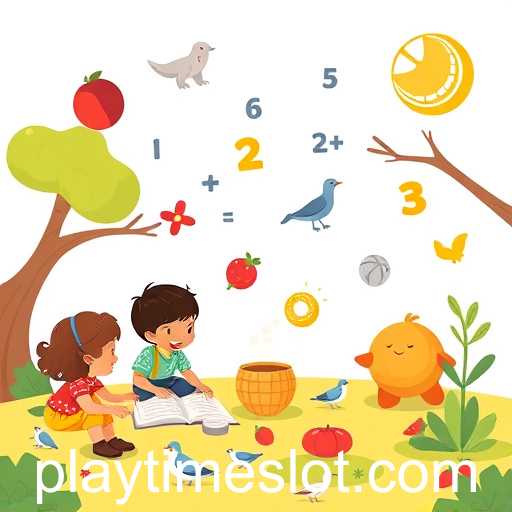In recent years, educational games have steadily climbed the ranks in popularity, becoming a sought-after category among parents and educators on various digital platforms. As technology becomes more ingrained in everyday life, 'playtime' has evolved from merely recreational to a cornerstone of education, offering a new dimension of learning through play.
Educational games are ingeniously designed to merge entertainment with educational content, covering a wide array of subjects such as math, science, language arts, and critical thinking. They employ engaging storylines, lively graphics, and interactive elements to capture the attention of children and hold it, all while imparting valuable lessons. This makes playtime not just a source of delight, but an opportunity to stimulate cognitive development and enhance problem-solving abilities.
One of the primary advantages of educational games is their ability to cater to various learning styles. Visual learners, for example, benefit from the vibrant illustrations, while auditory learners gain from the sound cues and descriptive narratives. Kinesthetic learners find the interactive component crucial as they navigate through challenges by 'doing' rather than observing.
Moreover, these games introduce learners to the concept of self-paced education. Children can explore, make mistakes, and learn from them at their own speed without the pressure of a traditional classroom setting. This personalized approach encourages a deeper understanding of the material, fostering a sense of independence and confidence.
Educational games are also paving the way for enhanced collaboration among peers. Multiplayer features and online communities associated with these games encourage children to work together, discuss strategies, and solve problems collectively. This social aspect of playtime nurtures essential skills such as communication, teamwork, and empathy.
Parents, too, appreciate educational games as they can offer insights into their children's progress through progress tracking features, which many educational games nowadays include. This allows them to identify the areas where their child excels or may require additional support.
Despite their many benefits, educational games are not without challenges. There remains an ongoing debate concerning screen time and its impact on young minds. It is crucial for educators and parents to strike a balance, ensuring that digital playtime complements traditional learning and physical activities.
With technological advancements, educational games will continue to evolve, promising even greater innovations that could redefine what it means to learn through play. As they increasingly become an integral part of playtime, the key lies in leveraging them as effective and engaging educational tools. They are not merely games but powerful allies in the quest for knowledge.








